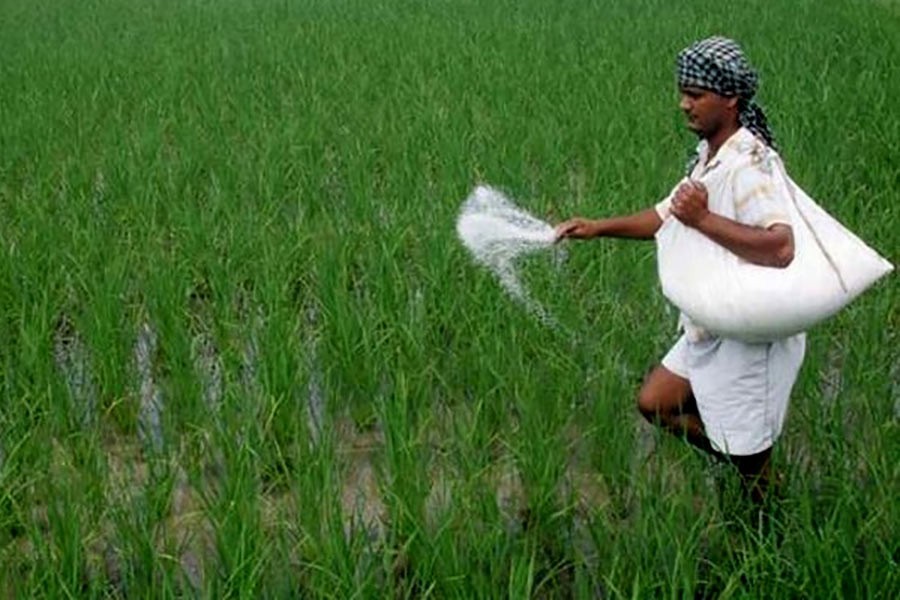The dishing out of massive amounts in farm subsidy by the government for containing price spiral of agri-products must not be viewed as a costly trade-off, although it is taking a heavy toll on the public exchequer. In the aftermath of the crucial pandemic-induced situation affecting incomes of almost all sections of the people, what is most dreaded is food inflation, reflected particularly in the price hike of agricultural products. Difficult though to curb it, increased productivity, that too with lowered production cost, may be deemed as a possible way out. It is heartening to learn that the government is not going to raise fertiliser prices by withdrawing the prevailing subsidy despite price hike in international fertiliser market.
A key costly input for cultivation, fertiliser has to remain within affordable means in order that prices of produce, especially of the major staples and horticulture products, do not suffer from low productivity or become too costly for consumers. In the past, the government's fertiliser pricing was largely instrumental in dictating market prices of agro-products, and as was usually the case, farmers blamed high prices of fertiliser, particularly of the commonly used varieties, as affecting prices. The ongoing pandemic has disrupted the supply chain of fertiliser, and coupled with this, the sudden rise in freight charges has made things worse for importing countries like Bangladesh. Although it is expected that with the recovery of supply chain and reopening of full scale exports, the situation will improve, it is still unpredictable whether prices would substantially drop to affordable level if the existing level of subsidy is reduced. This fear is because of the fact that even backed by generous subsidy, prices of agri-products are difficult to be disciplined due mainly to market distortions caused, among others, by high transport cost, interference of fariahs (middleman), and, last but not least, rent seeking of various hues. Lowered production cost at the farmers' end is thus not reflected in market prices.
A FE report the other day has given some insight into the current fertiliser situation in the country. Quoting the agriculture minister, it says the government will keep the current retail prices of fertilisers unchanged to maintain sound growth of crop production. At a press meet the minister said the government is giving Tk 82 a kg in subsidy on urea, Tk 50 on TSP, Tk 41 on MOP and Tk 79 on DAP this FY. Total expenditure on farm subsidy, he said, would come to Tk 280 billion in this fiscal, of which Tk 190 billion has already been spent. Giving a comparative price picture, the minister has informed that import of Urea, TSP, MOP, and DAP now costs Tk 96, 70, 54 and Tk 93 a kg respectively, which was Tk 32, 33, 23, 37 a kg respectively last FY.
In view of the difficult situation triggered by a number of factors including supply chain disruption and high freight charge, it is critically important that agriculture is spared the brunt of high fertiliser prices, and to successfully do so, the government's policy of keeping fertiliser prices unchanged must match up with coordinated efforts towards removing market distorting factors that affect prices.


